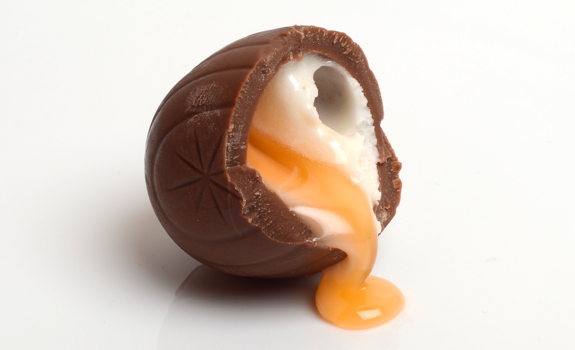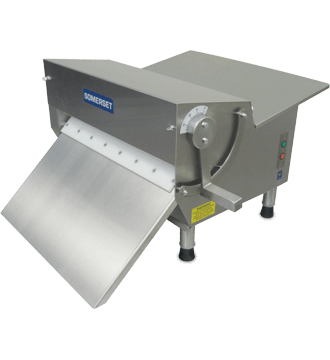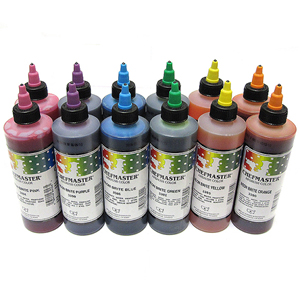 |
| Gumpaste peonies and fondant ruffles make this cake super sweet! |
 |
| Believe it or not, I made these roses and blackberries with gumpaste! |
 |
| For this thin rose petal, I used gumpaste. For the thicker look of the succulents, I used fondant. |
Gumpaste is similar to fondant in a lot of ways. Like fondant, gumpaste is basically an edible sugar dough, but unlike fondant it has some additional ingredients that allow it to stretch thinner and harden faster and drier than fondant would. This makes it better than fondant for making decorations to top a cake. While gumpaste is totally edible, I wouldn't really recommend eating it because it won't really taste very good and it will be very crunchy (imagine eating a sweet porcelain tea cup). Fondant is much better for covering a cake, it tastes better and won't totally dry out. When it comes to making decorations, I tend of think of fondant as play dough and gumpaste as porcelein. Both work for different applications.
 |
| Wilton brand makes a gumpaste that you can find in craft stores. |
 |
| Here are just a few gumpaste cutters. There are literally hundreds of special tools for making gumpaste decorations! |
important to bear in mind. It is very important to keep the gumpaste covered in plastic wrap while you work with it, otherwise it will begin to dry out. If that happens, instead of beautiful smooth elastic flower petals, you will get cracks and tears and it won't be pretty. Generally you want to roll the gumpaste out until it is very thin, this makes for the most delicate and realistic flowers, bows, and other decorations. You can use a clean pasta roller to make this easier. After you've cut out the shapes you want, you can use a spongy base and a "ball tool" to thin the edges and create a ruffled or cupped affect. There are a wide variety of gumpaste cutters, molds and tools to get all kinds of different effects when you work. I'll try to go into some of them in a later post.
 |
| I started with white gumpaste and dyed it to make these different shades! You can see way I allow my decorations to dry. |
The gumpaste starts out white, but it can be colored with food coloring (powders or gels will work best without making it too sticky). You can also spray the finished decorations using an airbrush and special thin airbrush ready food coloring. Then, you can create an even more detailed and realistic look by dusting your decorations with petal or luster dusts that will give your decor a more full, natural look. If you are building something that requires attaching pieces together you can use "gum tragacanth" or thinned out gumpaste as edible glue. I simply paint it on where I need it and glue the pieces to one another.
Once you have made your decorations, you should let them sit for a few days before you attempt to add petal dusts or use them on a cake, otherwise they will be too soft and saggy to use. Sometimes, if you are working on a more complicated decoration, you may have to work in stages, allowing the first pieces to dry before adding more. In this way, gumpaste decorations can be very time consuming to make and require a high skill level from the decorator. In the decorating world there are real masters of sugar paste like Sylvia Weinstock and Ron Ben Israel, who are both known for their exquisite and realistic sugar paste flowers. A wedding cakes from either of their shops can cost thousands and thousands of dollars!
 |
| The flowers, foxes, acorns and mushrooms are all gumpaste! |
It's a lot of fun working with gumpaste. I really love making flowers and other delicate decorations using it as a medium. It takes a lot of patience and organization to make sure that your pieces turn out well (and don't take you a million years). While I really love making the decorations, since they are very time consuming to make, they can be quite expensive. Some clients prefer to use real flowers on their cakes since they can be less expensive. Now that you know a little bit about gumpaste, consider using it for decorations on your cake. I think it can be well worth the cost to have a truly breathtaking centerpiece cake complete with amazing gumpaste decorations! Check out the rest of our photos on our website www.frostedfoxcakeshop.com for more examples of gumpaste and fondant decorated cakes.


































